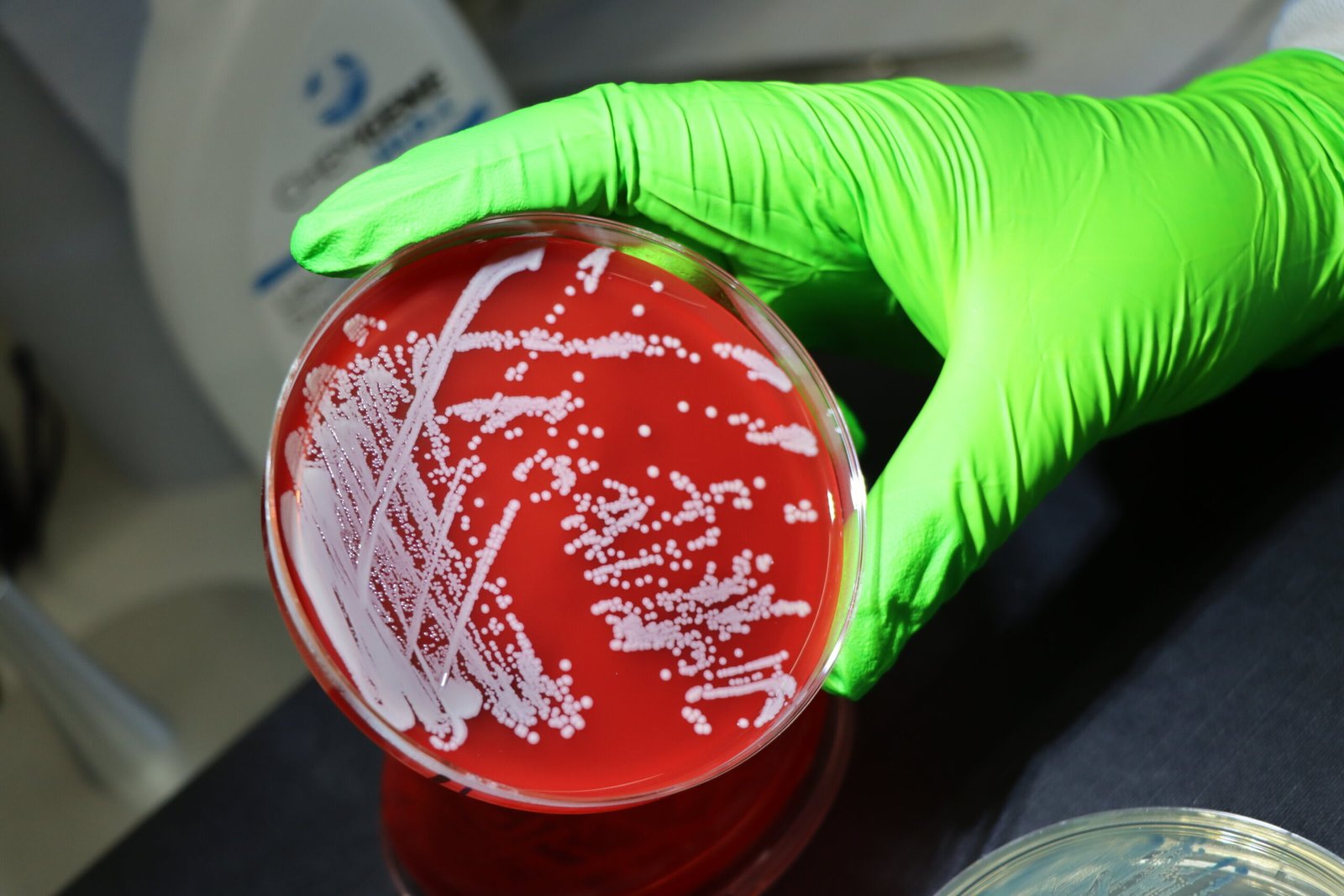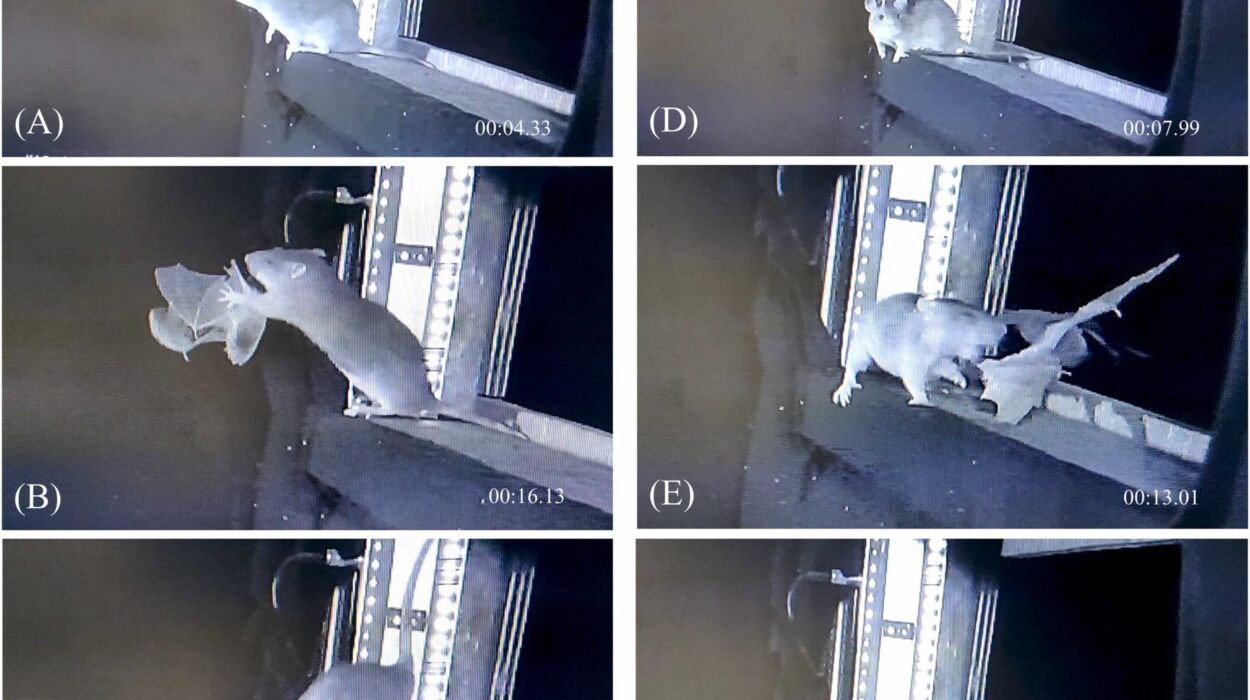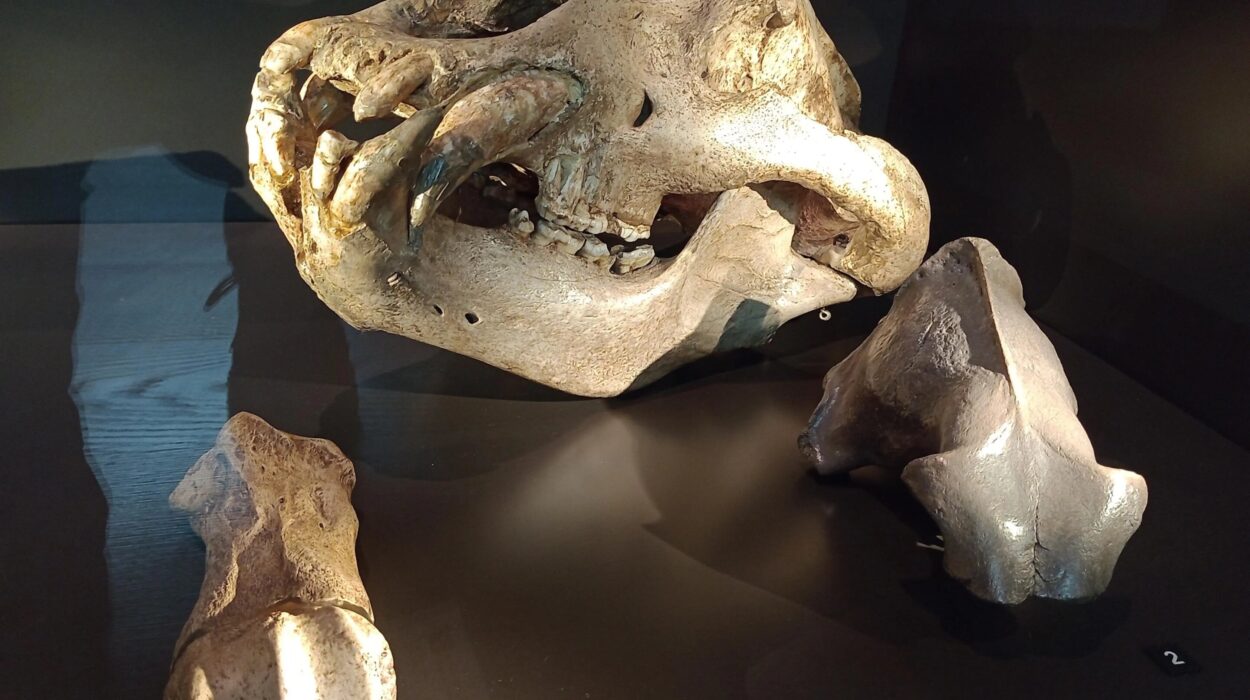Staphylococcus aureus, a bacterium commonly found in the human nose, skin, and intestines, often lives peacefully in its human host without causing harm. However, in individuals with weakened immune systems, this bacterium has the potential to invade deeper tissues and cause serious infections, ranging from mild skin issues to life-threatening conditions like pneumonia, sepsis, and toxic shock syndrome. Understanding how this seemingly harmless bacterium adapts to its human habitat is key to better managing and treating infections it causes. A recent study, published on January 13, 2025, sheds light on this very process, offering new insights that could significantly impact infection prevention, diagnosis, and treatment strategies.
The study, conducted by an international team of researchers from the Wellcome Sanger Institute, the University of Cambridge, the Institute of Biomedicine of Valencia (IBV) at the Spanish National Research Council (CSIC), and their collaborators, represents the most detailed analysis of S. aureus to date. Unlike previous studies that typically relied on lab-based cultures, this research examined S. aureus samples directly from human carriers, where it normally exists in its natural environment. This approach offered the researchers an unprecedented view into how the bacterium adapts and thrives within the human body.
For many years, scientists studied S. aureus in controlled laboratory settings, where the bacteria could be observed under conditions that do not fully mimic the complexities of life within human hosts. By analyzing over 7,000 bacterial samples from more than 1,500 carriers, the team was able to investigate the genetic changes that occur when the bacteria are living and evolving inside human environments such as the skin or nasal passages. This large-scale genetic analysis uncovered several previously unrecognized genetic changes that allow S. aureus to persist in its human host and adapt to different challenges.
One of the key findings of the study is the role of nitrogen metabolism in S. aureus colonization. The researchers discovered that certain genetic mutations related to nitrogen processing were common across S. aureus isolates, suggesting that nitrogen metabolism is critical for the bacteria’s ability to establish and maintain itself in the human body. This is a crucial insight because it indicates a fundamental biological process that may help the bacteria adapt and survive within the host environment.
The study also revealed mutations in genes associated with immune evasion. Some strains of S. aureus were found to have mutations that influence how the bacteria interact with and resist the human immune system. These mutations may allow the bacteria to avoid detection and elimination by immune cells, thus helping them to persist in asymptomatic carriers. This highlights an essential adaptation that enables some strains of S. aureus to remain undetected and untreated, potentially for years, within certain individuals.
Furthermore, the research brought to light an intriguing phenomenon of bacterial cooperation. Some S. aureus strains were found to exhibit a “cheating” behavior, where they do not produce essential colonization factors themselves but instead exploit the resources produced by neighboring bacterial strains. This behavior may help the bacteria achieve more efficient colonization of human tissues by pooling resources with other bacterial strains.
In terms of antibiotic resistance, the study confirmed that S. aureus continues to develop resistance to multiple common antibiotics, including fusidic acid, mupirocin, and trimethoprim. This resistance poses a significant challenge to treatment, as resistant strains can evade the action of many commonly used drugs, making infections harder to treat. The discovery of these resistance mutations provides crucial information for developing new treatments and antibiotics that might be able to target these evolving bacterial strains.
The insights gained from this study offer several important clinical implications. The identification of specific genetic markers linked to immune evasion and antibiotic resistance may help healthcare providers better diagnose and treat infections caused by S. aureus. By using these genetic markers, clinicians could quickly identify strains that are likely to cause severe infections or that are resistant to treatment. Such early detection could significantly improve patient outcomes and guide treatment decisions.
Additionally, understanding how S. aureus adapts to human environments opens up new possibilities for therapeutic interventions. With this knowledge, researchers could develop strategies to disrupt bacterial survival mechanisms. For example, targeting the nitrogen metabolism pathways or blocking the bacteria’s ability to evade immune detection could limit S. aureus‘s ability to colonize or infect the body. These findings also suggest that new vaccines could be developed, focusing on components of the bacteria that interact with the immune system, offering a potential way to protect people from infections caused by S. aureus.
The study emphasizes the importance of genetic analysis in understanding how bacteria evolve, survive, and develop resistance. By studying bacteria in their natural human habitat, rather than in artificial lab settings, researchers are able to gain a much more accurate picture of how these microorganisms interact with humans on a genetic level. This approach could guide future research into better prevention and treatment methods for S. aureus infections.
In a broader sense, the findings from this study underscore the ever-present challenge that antibiotic resistance and bacterial adaptation pose to modern medicine. As bacteria continue to evolve in response to treatment, it becomes increasingly important to stay ahead of these changes through genetic research and a deeper understanding of bacterial behavior.
Dr. Francesc Coll, the first author of the study, highlighted how the findings could lead to new diagnostic tools and treatment strategies. By identifying genetic mutations responsible for antibiotic resistance and immune evasion, healthcare professionals could more accurately diagnose dangerous strains and more effectively target infections with tailored treatments. “These mutations can be used as diagnostic markers, as well as to design new therapeutic strategies and a more rational and effective use of antibiotics,” said Coll. “Studies like this reveal mechanisms of immune evasion, which could help in the design of new vaccines by identifying components of the bacteria that the immune system recognizes.”
Senior author Dr. Ewan Harrison of the Wellcome Sanger Institute reflected on how these discoveries bring a new level of understanding to bacterial adaptation. “While Staphylococcus aureus bacteria are harmless to many people, for others they can cause potentially life-threatening infections,” Harrison said. “Our study gives a detailed new understanding of how these bacteria adapt and evolve in order to survive on and in their human carriers at a genetic level. We hope that further investigation into the pathways we’ve uncovered will help improve the prevention, diagnosis, and treatment of infections caused by these bacteria.”
Reference: The mutational landscape of Staphylococcus aureus during colonisation, Nature Communications (2025). DOI: 10.1101/2023.12.08.570284v1. www.nature.com/articles/s41467-024-55186-x






